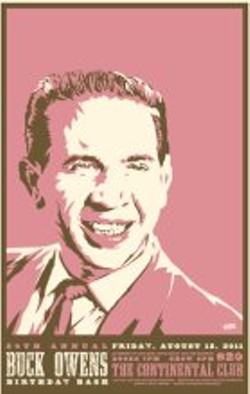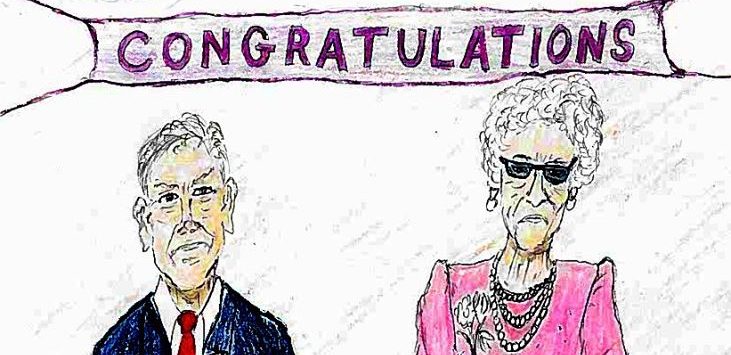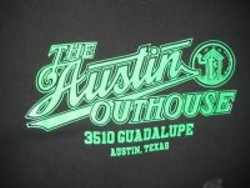August 10, 2011

Why Buck Owens? Why the fuck not, motherfucker? First of all, his name is Buck. That name is badass molasses on a stick. You can’t shake it off. No, it wasn’t his given name. That was Alvis Edgar Owens Jr. – the sort of name that inspires in most people a primal urge to hand out a vicious noogie. Not even Mike Tyson could have survived a name like that. Fortunately, at the age of 3, little Alvis Edgar saw the writing on the wall and adopted the name of his family’s favorite mule, “Buck.” It’s possible that at that young age, Alvis Edgar had no idea that he would be endowed like a mule – not just with a spectacular overbite that rivaled Mr. Ed’s but also, rumor has it, with an equestrian-sized beef whistle. It’s probably just as well. Irony, like wealth, beauty, and good liquor, is wasted on children. Suffice it to say that later in life, Owens could both eat corn on the cob through a picket fence and party like a porn star. Being a bona fide country star meant that Owens was able to exercise the latter talent more than most, but his true gift was of a more aural nature. As much as anyone else, Owens helped define the Bakersfield sound, a genre of country music defined by twangy Telecaster guitars, honky-tonk drum beats, fiddles, and steel guitars. Originally, the Bakersfield sound had its beginnings in the music favored by dust bowl Okies, Arkies, and Texans who moved to the San Joaquin valley in search of jobs in oil and agriculture. Owens’ family was among those fleeing the dust bowl. However, they never made it as far as California. Their car broke down in Mesa, Ariz., and that’s where they stayed. In his early years, Owens picked cotton and potatoes in the fields until he figured out that playing music was a much easier way to make a living. At age 13, he dropped out of high school and started working as a Western Union messenger, a truck driver, and a car washer until he teamed up with guitar player Ray Britten and began doing radio shows – first in Mesa, then in Phoenix, where he met his first wife, Bonnie, who would later divorce Owens and marry Merle Haggard (imagine how big the Hag’s hardware must be …). A few years later, Buck and Bonnie moved to Bakersfield, Calif., and the rest, as they say, is history … or at least a really salacious biography. Sure, his personal life was a bit of a train wreck. He married and divorced four times, sired four sons, and through it all still managed to amass a healthy fortune. With it he bought radio stations, houses, a bunch of really outlandish stage costumes, and, perhaps most famously, a Nudie Cohn-custom-decorated Pontiac Grand Ville, tricked out with pistol door handles and a huge “longhorn” hood ornament – actually, Owens didn’t buy the car, he won it from Nudie in a poker game. It now sits behind the bar at Owens’ Crystal Palace nightclub in Bakersfield. Much of Owens’ wealth was due to his 17-year run on Hee Haw, the corn-pone comedy show that pretty much defines homespun hillbilly humor – even though it was mostly written by Canadians. Owens’ true legacy, however, will be his contribution to defining a unique version of the country sound. It’s mostly that the folks down at the Continental Club will be celebrating at the 20th annual Buck Owens Birthday Bash this Friday. Expect great performances from a huge list of Austin musicians including Libbi Bosworth, Ricky Broussard, The Texas Sapphires, Ted Roddy, the Wagoneers, Lucas Hudgins, Roy Heinrich and many others. Proceeds benefit the Center for Child Protection – which may not be as fun as a tricked out Grand Ville, but it’s still money well-spent.

